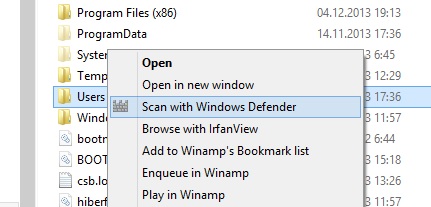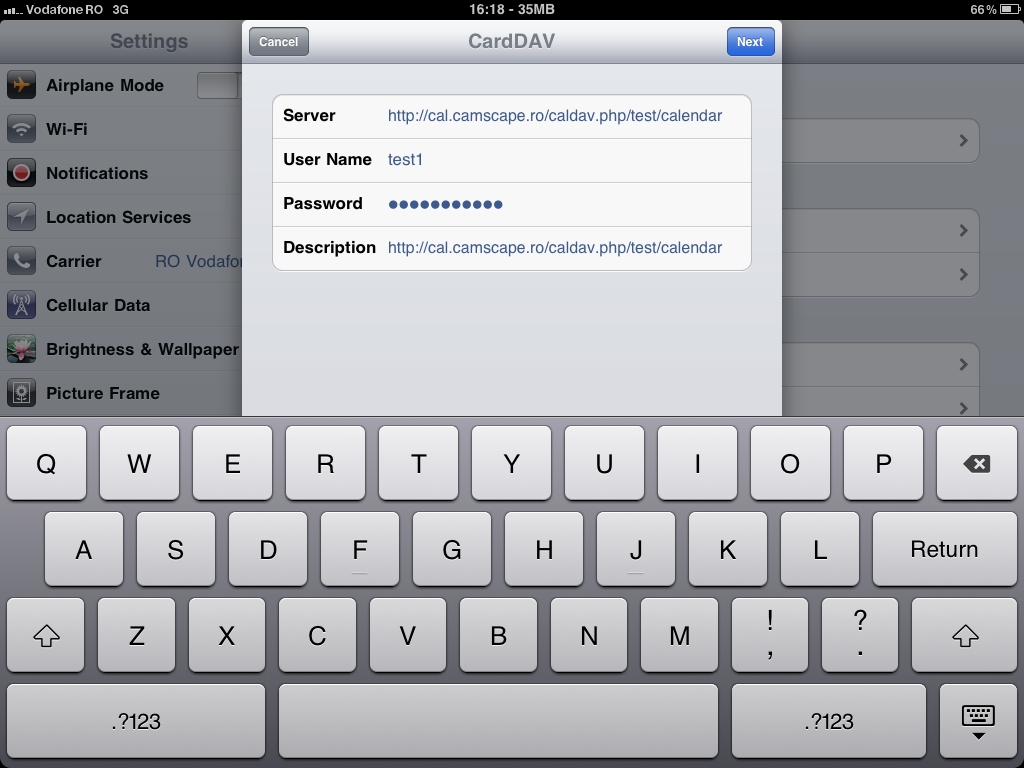- R/mysql: Discussion of MySQL and assistance for MySQL related questions. User account menu. Access denied for user 'root'@'localhost' (MAC OS) Close. Posted by 1 year ago. Access denied for user 'root'@'localhost' (MAC OS) I'm very new to databases and mysql so I apologize if it's an easy fix. Anyways, when I.
- I Installed MySQL server (MariaDB 8.0) on my CentOS 7 using yum. Once started the service and when I tried connecting to the database, I got the below error: # mysql -u root ERROR 1045 (28000): Access denied for user 'root'@'localhost' (using password: NO) MySQL version is as below.
I Installed MySQL server (MariaDB 8.0) on my CentOS 7 using yum. Once started the service and when I tried connecting to the database, I got the below error:
MySQL version is as below:
Why do I get access denied error after MySQL installation?
For some reason when I installed MySQL on my machine (a Mac running OS X 10.9) the 'root' MySQL account got messed up and I don't have access to it, but I do have access to the standard MySQL account 'sean@localhost' which I use to log into phpMyAdmin.
Generally, after installing MySQL the UNIX users will be able to access the database immediately without entering the password. But starting from MySQL version 5.7 and above, the password is set for root user automatically and stored in the error log file. To know the password, run the below command:
Copy the password from the error log and use it to login to MySQL.
Change the MySQL root password
After your first login to the database, remember to change the root password immediately as shown below.
Also, learn to recover lost MySQL password here.
Updated on November 2, 2018Tagged: MySQLWas this article helpful?
YesNoRelated Articles
Introduction

MySQL is an open-source database management software that helps users store, organize, and later retrieve data. It has a variety of options to grant specific users nuanced permissions within the tables and databases—this tutorial will give a short overview of a few of the many options.
What the Highlights Mean
Throughout this tutorial, any lines that the user needs to enter or customize will be highlighted! The rest should mostly be copy-and-pastable.
How to Create a New User
In Part 1 of the MySQL Tutorial, we did all of the editing in MySQL as the root user, with full access to all of the databases. However, in cases where more restrictions may be required, there are ways to create users with custom permissions.
Let’s start by making a new user within the MySQL shell:

Note: When adding users within the MySQL shell in this tutorial, we will specify the user’s host as localhost and not the server’s IP address. localhost is a hostname which means “this computer,” and MySQL treats this particular hostname specially: when a user with that host logs into MySQL it will attempt to connect to the local server by using a Unix socket file. Thus, localhost is typically used when you plan to connect by SSHing into your server or when you’re running the local mysql client to connect to the local MySQL server.
At this point newuser has no permissions to do anything with the databases. In fact, even if newuser tries to login (with the password, password), they will not be able to reach the MySQL shell.
Access Denied For Root Localhost
Therefore, the first thing to do is to provide the user with access to the information they will need.
The asterisks in this command refer to the database and table (respectively) that they can access—this specific command allows to the user to read, edit, execute and perform all tasks across all the databases and tables.
Please note that in this example we are granting newuser full root access to everything in our database. While this is helpful for explaining some MySQL concepts, it may be impractical for most use cases and could put your database’s security at high risk.

Mysql Access Denied For User 'root'@'localhost' Mac
Once you have finalized the permissions that you want to set up for your new users, always be sure to reload all the privileges.
Your changes will now be in effect.
How To Grant Different User Permissions
Here is a short list of other common possible permissions that users can enjoy.
- ALL PRIVILEGES- as we saw previously, this would allow a MySQL user full access to a designated database (or if no database is selected, global access across the system)
- CREATE- allows them to create new tables or databases
- DROP- allows them to them to delete tables or databases
- DELETE- allows them to delete rows from tables
- INSERT- allows them to insert rows into tables
- SELECT- allows them to use the
SELECTcommand to read through databases - UPDATE- allow them to update table rows
- GRANT OPTION- allows them to grant or remove other users’ privileges
To provide a specific user with a permission, you can use this framework:
If you want to give them access to any database or to any table, make sure to put an asterisk (*) in the place of the database name or table name.
Each time you update or change a permission be sure to use the Flush Privileges command.
If you need to revoke a permission, the structure is almost identical to granting it:
Note that when revoking permissions, the syntax requires that you use FROM, instead of TO as we used when granting permissions.
You can review a user’s current permissions by running the following:
Just as you can delete databases with DROP, you can use DROP to delete a user altogether:
To test out your new user, log out by typing:
and log back in with this command in terminal:
Conclusion
After completing this tutorial, you should have a sense of how to add new users and grant them a variety of permissions in a MySQL database. From here, you could continue to explore and experiment with different permissions settings for your database, or you may want to learn more about some higher-level MySQL configurations.
For more information about the basics of MySQL, we encourage you to check out the following tutorials:

